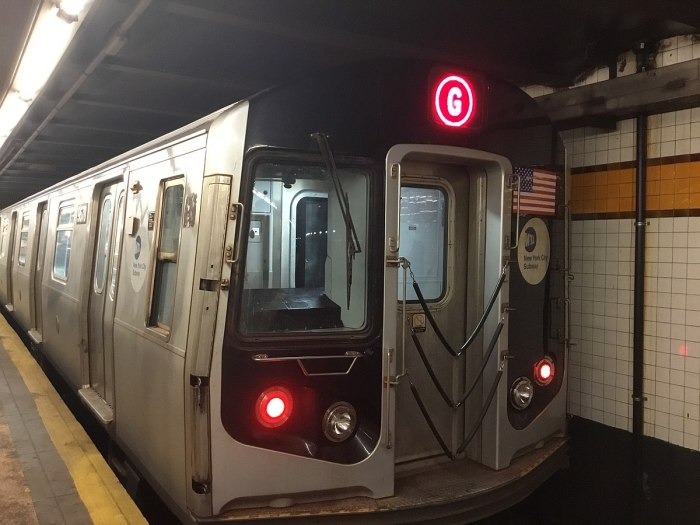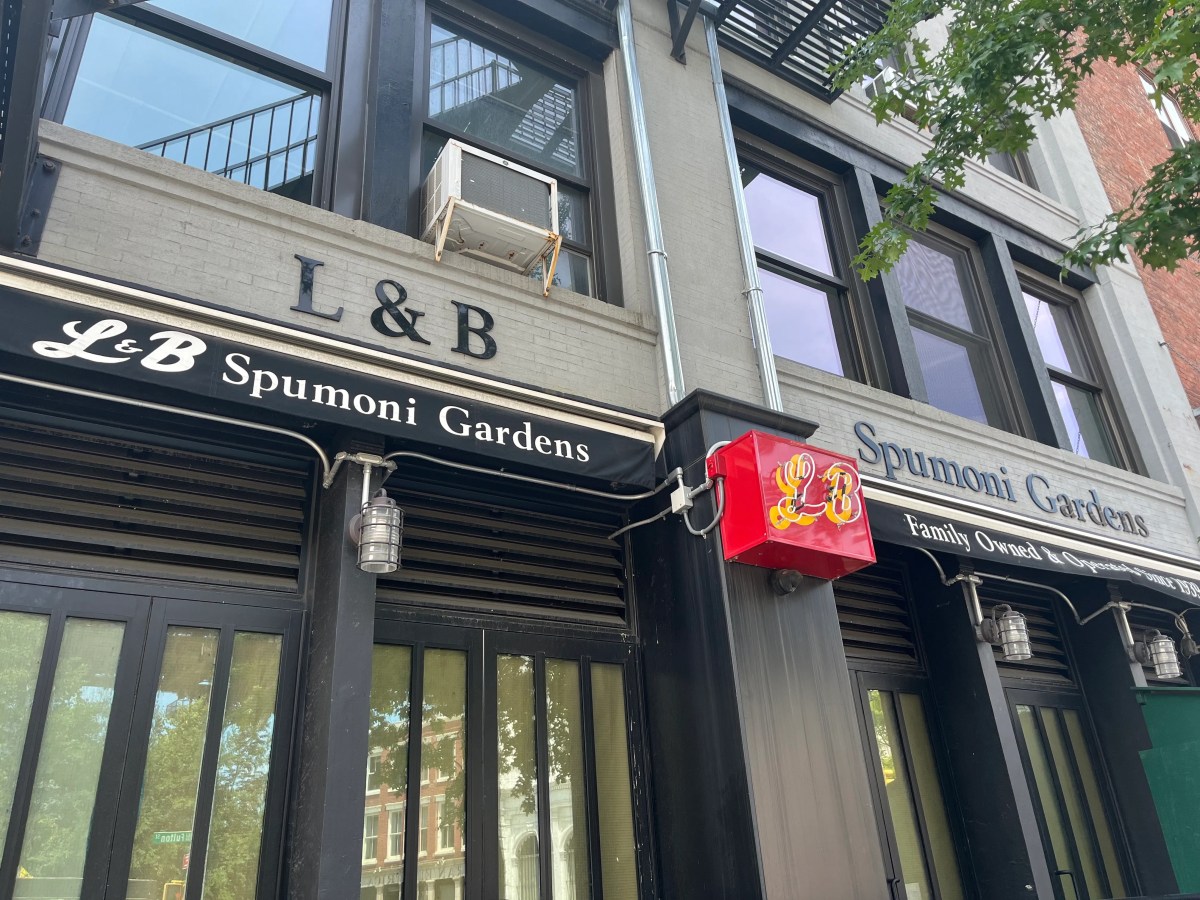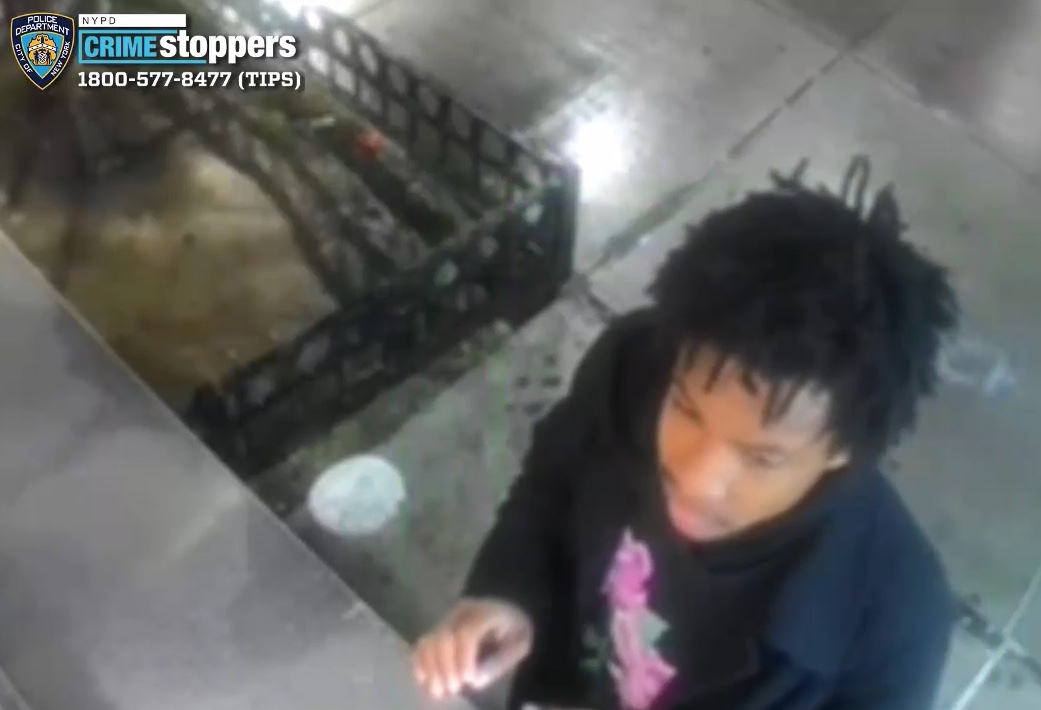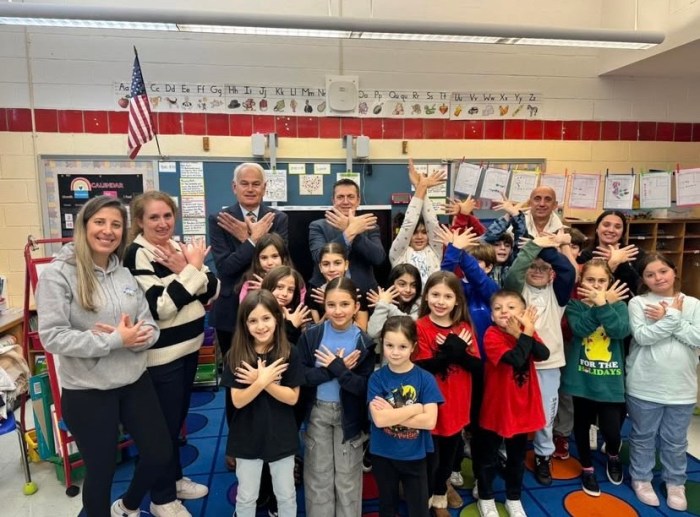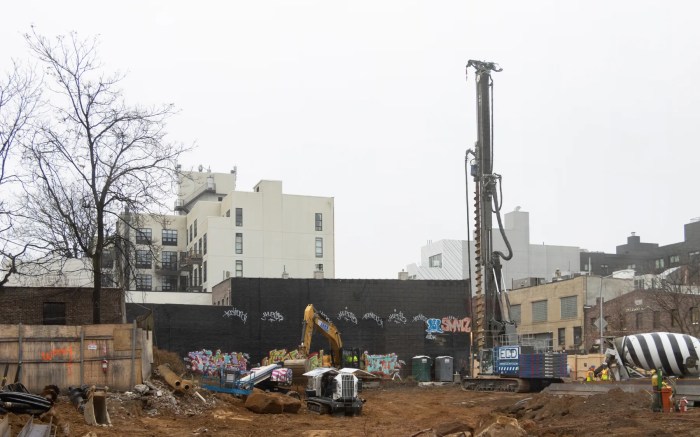
To the rebuilders of Houston, Key Largo and San Juan, may we apologetically introduce your cousins in Queens? They’re here to tell you to hang in there, that it gets better — eventually.
Still, you might not be back to normal when your own five-year anniversary comes, as it does on Sunday for those who were hit by superstorm Sandy in 2012.
There are a few truisms about Sandy in places like the Breezy Point Cooperative, where more than 2,000 homes were damaged by the storm surge and a subsequent fire that cut mercilessly through the area called “The Wedge.” One truism is that officials or contractors will tell you dates when you’ll be back in your home. Well, the dates are liable to move.
Sometimes you’re home for a little bit, as was Tom DiMaria, but then you’re out again to raise the foundation. DiMaria’s hoping for a March return.
Or you’ve had the date moved on you a couple times, as it was for Alice McElroy’s elderly mother. “We’ve gotten used to that,” McElroy, 57, says. The little house needed raising, too, funded through the city’s Build It Back program. Most of the affected houses have been built back citywide — nearly 90 percent as of October — but Mayor Bill de Blasio had to move a promised end-date back, too, from 2016.
Before Harvey, Irma, Jose and Maria, there was Sandy
The Houston-Key Largo-San Juan residents will also recognize the confusion that came after the storm. DiMaria, 66, a matter-of-fact dentist who had lived full time on the peninsula since 2006, remembers seeing homes dislodged from foundations and decks demolished. When he re-entered his house, all the furniture was piled zanily on one wall — floated there when the water rose.
“It was a total annihilation of the community,” says DiMaria, who at least hadn’t lost his house to fire but quickly began the process of ripping up floors before the mold spread. But there were the larger questions of whether people would return to the damaged, vulnerable area, and the dawning weight of the road ahead.
So DiMaria started a Facebook group called Back To Breezy. He’d messed around on the social media site maybe two, three times before. His neighbors, 50-somethings, were in the same boat. But soon they were posting as feverishly as a millennial. The posts included suggestions for contractors, venting about the governmental response, the circulating of snapshots of a found picture album, lost in the storm. Breezy is tight-knit, so of course it’s a closed group for residents. Mostly, everyone knows everyone else, even today when there are nearly 2,800 members.
That was one way the Sandy-struck moved forward — they helped each other. And in the days and weeks that followed they got more help.
“I definitely remember how wonderful everyone was,” says McElroy, whose house needed repairs, too, though it wasn’t as hard hit as her mother’s. She remembers “complete strangers” bringing cake, clothes and chocolate — plus help from civic associations, Habitat for Humanity, the police and FDNY.
A long way to normal
The outpouring of support is small consolation for the serious calamities that storms bring: like, after Sandy, disabled senior citizens being stuck in upper-story apartments, or heat- and hot-water-less NYCHA buildings swamped with sand.
For survivors of hurricanes Harvey, Irma, Jose and Maria, the neverending stream of paperwork and rebuilding will be the next battle as they struggle for months or years to get back to normal. That will be when the new storm survivors face one of those other Sandy truisms you sometimes hear:
Ah, it can’t be that bad again. Or at least, not soon.
But then you prick a little further and you start thinking, as McElroy says, “the weather just seems to be getting a little different.” Or, as DiMaria puts it, “I didn’t think this would happen the first time.”
Well, a study released this week said climate change is increasing the risk of hurricane flooding in NYC, so that in a few decades the once-in-500-years flood could hit every five.
Set your clock for the five-year anniversaries of the storms to the south. By then may they be clamoring back to near-normality, too, even as they watch the horizon for whatever’s next.




